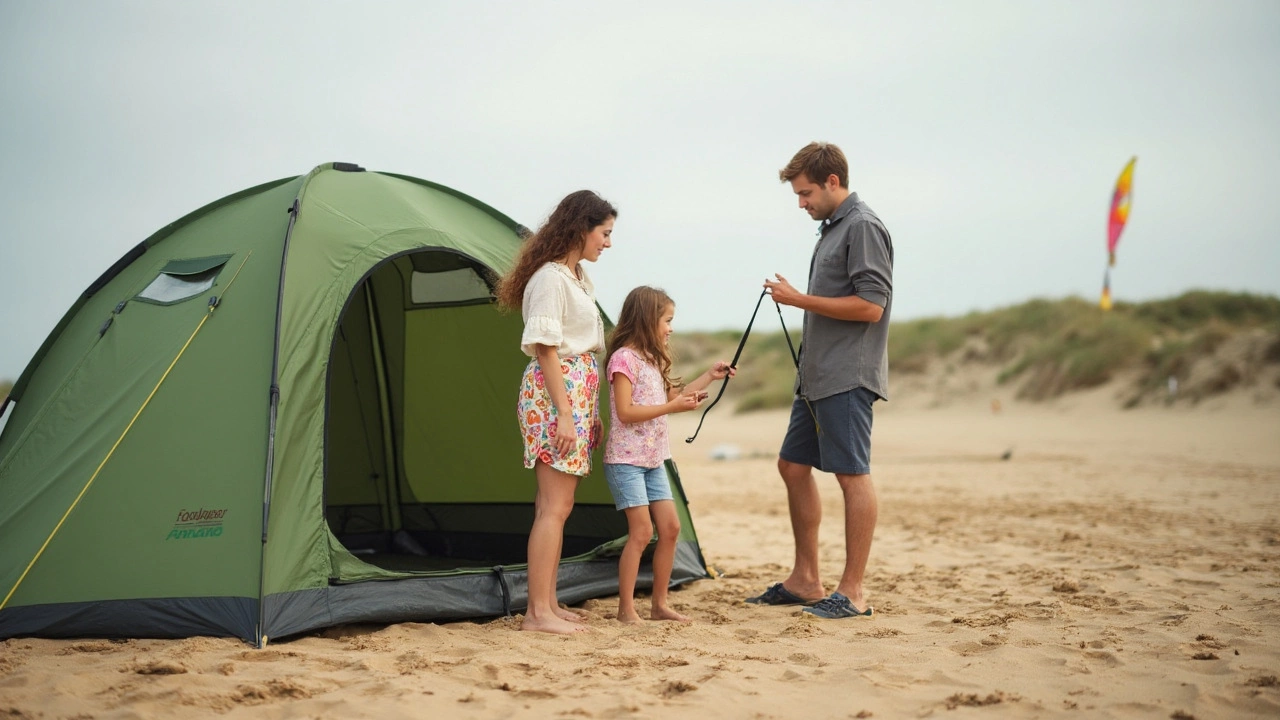Tent Durability: Choose, Care & Extend Your Tent’s Life
When you’re out on the road or in the wild, the last thing you want is a tent that gives up on you. Knowing why some tents last years while others tear after a single trip can save you money and hassle. Let’s break down the basics so you can pick a tent that stands up to real use.
What Makes a Tent Durable?
Material is the foundation. Most tents are made from nylon, polyester, or canvas. Nylon is light and strong, but it can UV‑break if you leave it in the sun too long. Polyester holds its shape better under heat and is less prone to stretch. Canvas feels heavy but handles wind and wear like a champ.
Look at the denier rating – the number tells you how thick the fabric threads are. A 70‑denier nylon will out‑last a 30‑denier version, especially in windy spots. Coatings matter too. A polyurethane (PU) coating blocks water, while a silicone coating adds abrasion resistance.
Seams are another weak point. Double‑stitched seams with waterproof tape are much tougher than single‑stitched ones. If the seam tape starts peeling, you can re‑tape it yourself, but a good factory finish saves you that work.
Pole material rounds out durability. Aluminum poles are light and rust‑resistant, but cheap fiberglass poles can snap under stress. Some high‑end tents use carbon‑fiber poles – they’re light but can be pricey. For most campers, a solid aluminum pole set hits the sweet spot.
Tips to Keep Your Tent in Top Shape
Cleaning is key. After each trip, shake out dirt and brush off mud. If the fabric is really dirty, rinse with cool water and a mild soap. Avoid harsh chemicals – they can damage the coating.
Drying properly prevents mildew. Spread the tent out in a well‑ventilated area and let it air dry completely before packing. A damp tent in a bag is a breeding ground for mold.
Store it right. Fold the tent loosely and keep it in a breathable stuff sack or a large cotton bag. Don’t cram it into a tight stuff sack for months – the fabric needs room to breathe.
Inspect regularly. Before each outing, check for tiny tears, broken seams, or pole damage. Small holes can be patched with a repair kit, and a loose seam can be resealed with tape.
Protect from the sun. UV rays thin the fabric over time. If you park your tent in a sunny spot for long periods, consider a UV‑resistant spray or simply keep it covered.
Finally, use the tent as it’s meant to be used. Don’t overload it with gear that strains the poles, and avoid setting it up on sharp rocks that can puncture the floor. Treat it gently, and it’ll treat you to many years of reliable shelter.
Camping Tent on the Beach: Can You Really Use Yours?
Thinking about using your regular camping tent on the beach? There are some things you need to know before staking it in the sand. This article breaks down what works, what doesn't, and how to avoid common mistakes. You'll get straightforward tips on setup, weather, and gear you might not have thought about. Ideal for families and anyone curious about making beach camping work.
